"We've come a long way baby!" A phrase I use a lot in the automotive world. And in the last few year, with the advent of computer technology and what we can do with it, we have taken some of the biggest strides since we removed the horse from in front of the buggy. Some of the largest strides have been in how we get the fuel into the engine. Your engine is just a giant vacuum pump, (more on how it actually works here) section). It pulls in air which till just very recently (except in diesel engines) mixed with the fuel before it entered the combustion chamber. How that fuel got to that point has been an interesting evolution. The carburetor pictured above is a gravity fed, updraft carburetor, for reasons I have never understood early engineers were convinced that fluids ran up hill, or so it seems. In this case the fuel starts above the carburetor and the weight of it (gravity) pulls it, or in this case pushes it, into the fuel bowl. From there the engineers decided that the vacuum force from the engine would be enough to pull the fuel up and out of the fuel bowl, mix it with incoming air, being pulled by the same vacuum pulse and then up and into the combustion chamber. It actually worked, kind of... The next variant were down and side draft versions of the carburetor;
A little more "breath" 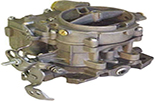
Somewhere along the way they finally figured out that things like to flow down hill and the next versions of carburetors came to be, down drafts. (actually, at the time and for where they were at updraft carbs had a lot of pluses but you were never going to develop real power) Especially in the United States down drafts ruled till the advent of fuel injection and really, their demise was not the advent of fuel injection, for in it's early gasoline versions you could still get more horsepower from carburetors but we could not run clean enough with a carb. As engines grew larger and as we searched for more power more barrels showed up in carbs and more carbs showed up on the engine
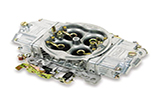
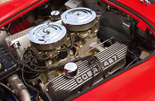
In Europe however, with the smaller cars and smaller engines side draft carburetors became the norm, with SU being the leader - they were the first builder of side drafts and as David Vizard likes to say "the best all around performance carburetor ever built" There were two main reasons to move to side draft, the biggest was a size issue, small engine bays, lowered hoods and no place and the other was and is performance. In a perfect world the exact same amount of fuel is delivered to each cylinder at the exact precise moment it is needed. Like I said, in a perfect world and we are getting much closer to that with the advent of direct injection in gasoline engines (something that only happened in the diesel world before) but on a carbureted vehicle it is a bit less precise. And when it is an inline engine, even more so. On an inline engine the carb is mounted to the side on an intake manifold. The "runners", the tubes of the manifold that transport the air/fuel mixture to the intake port. are quite short close to the carb and get longer the further they need to go to reach the intake port. Not only does this change the volume and speed of the air/fuel mixture delivery, it changes the temperature which makes the mixture do strange things. Installing side draft carbs not only reduced the engine bay "height" it allowed the engineers to more directly control the volume, speed and temperatures of the incoming fuel mix giving better power and performance
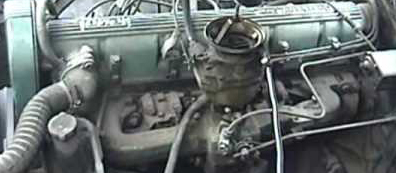
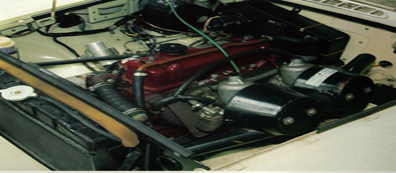
Now we are getting somewhere but to really be precise basically having one carb per cylinder with a direct straight intake runner would be best
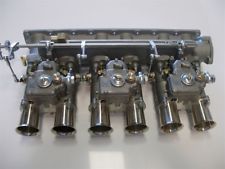
We do not have quite the same issues in a V engine design. With some interesting work in the intake manifold most of the problems of the side mounted downdraft carb on an inline engine are over come 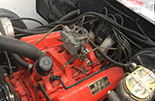
But then again, for the ultimate performance in the carbureted world - 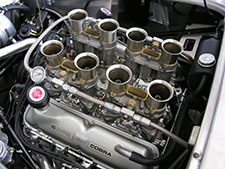
A little more about carbs
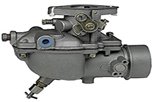 (
(






